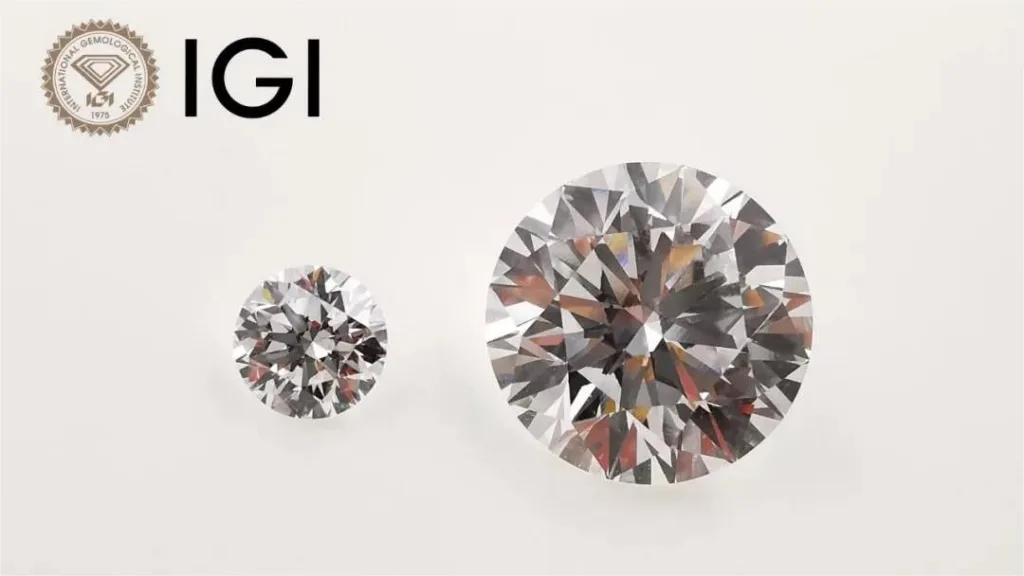Lab-grown diamonds, also known as synthetic or cultured diamonds, are chemically, physically, and optically identical to natural diamonds. They are created in a controlled laboratory environment using various methods, including High Pressure High Temperature (HPHT) and Chemical Vapor Deposition (CVD). Due to their identical chemical composition, crystal structure, and optical properties, lab-grown diamonds can often pass a standard diamond tester or diamond tester used for natural diamonds.
Most traditional diamond testers rely on thermal conductivity or electrical conductivity to distinguish between diamond and other materials like cubic zirconia or moissanite. Lab-grown diamonds have similar thermal conductivity to natural diamonds, which means they typically yield the same result when tested using a thermal conductivity diamond tester. In such cases, a lab-grown diamond will “pass” the test and register as a diamond.
However, it’s essential to note that technology is continually evolving, and newer, more advanced testing methods have been developed to distinguish between natural and lab-grown diamonds. Some specialized devices can detect differences in growth patterns, fluorescence, or trace elements in diamonds. These devices are used in gemological laboratories and by experts in the field to make a more precise determination of a diamond’s origin.
To ensure that a diamond is natural or lab-grown and to receive a detailed grading report, you should have it examined by a qualified and experienced gemologist or send it to a reputable gemological laboratory. They can provide a conclusive assessment of the diamond’s origin and characteristics.
In summary, while lab-grown diamonds can often pass standard diamond testers due to their nearly identical properties to natural diamonds, more advanced testing methods may be necessary for a definitive determination in certain cases.




